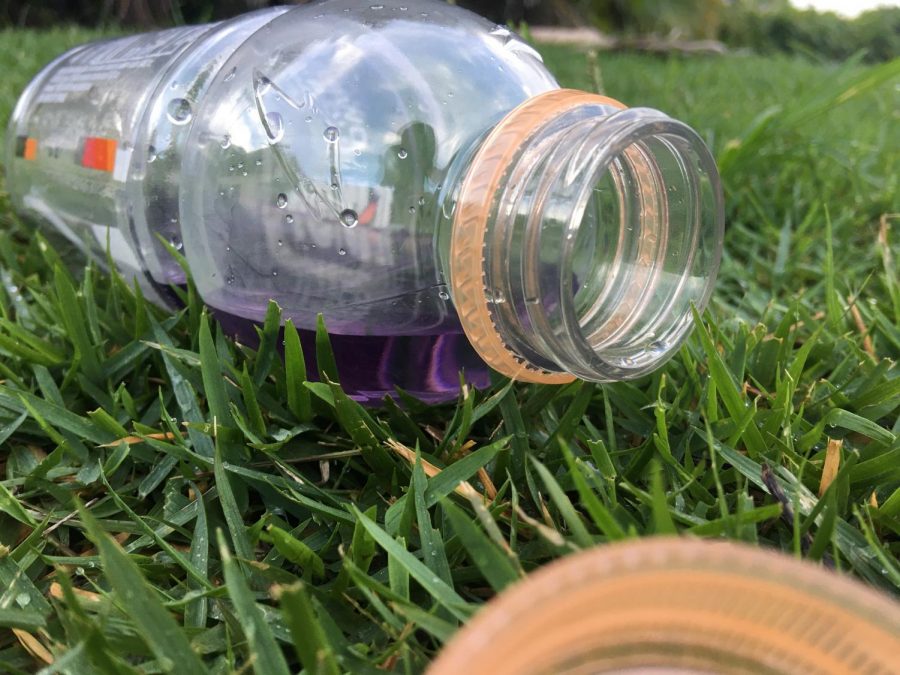In recent years plastic has changed sports and the world. However, plastic has negative effects on the environment but at the same time has revolutionized safety in sports.
Plastic has taken a lead in sports safety as most of the safety equipment used such as helmets, mouth guards; shoulder, hip, knee, and thigh pads; cleats, and “performance plastics” (a term used to describe fabrics made with plastic. Items like jerseys, gloves, socks, and pants). When you think about it, some sports revolve around plastic. The fields are made of turf, aka plastic, for easy maintenance.
Equipment used to be made from leather but was eventually replaced with better materials like plastic. The switch was made because the plastic was lighter and safer than leather. These modern advancements in sports safety have allowed players to play harder and go above and beyond. By making cleats out of plastics, athletes became lighter on their feet and got that edge while running. Plastic is durable, flexible, water-resistant, comfortable, and ultra-light.
But that is just the safety… what has the effect been on the planet? The waste and products produced every game, the little things that add up against the environment? Well, studies show that people around the world buy a total of one million plastic bottles per minute. Not all of it comes from sports but sports do rely on single-use plastics.
A big bulk of single-use plastic comes from pro sporting events. After the game is over, you can walk through the bleachers and see all the beer cups and water bottles, plastic spoons/fork, and straws. To combat this in recent years sports have begun to use and advertise water bottle refill stations so less plastic is tossed away.
To switch out plastic entirely is difficult because there is no alternative. These sports events make a large part of the profit from selling beverages and merchandise.
According to the UN Environment Programme’s list of “10 ways the world of sports is tackling plastic pollution,” some sports have started to spreading awareness and even start to phase out single-use plastics entirely. A big example of sports trying to combat the use of plastic was when Maracanã stadium, at the Rio 2016 Olympics, used millions of recycled plastic bottles to produce more than 6,700 seats in the stadium. Ribbons that were awarded to athletes were made 50% from plastic bottles.

